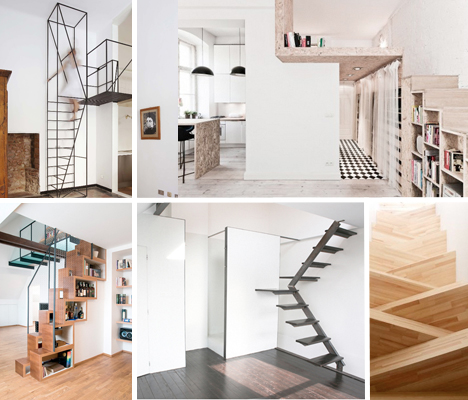The Science Behind Comfortable Stair Design

Stair design is more than just an aesthetic consideration—it's a complex interplay of ergonomics, physics, and human biomechanics. A well-designed staircase can mean the difference between effortless movement and a daily struggle with discomfort or even potential injury.
The Golden Ratio: Rise and Run
At the heart of comfortable stair design lies the relationship between the rise (vertical height between steps) and the run (horizontal depth of each step). Research spanning decades has identified an optimal ratio that minimizes energy expenditure while maximizing safety:
- Blondel's Formula: Developed by French architect François Blondel in the 17th century, this principle states that twice the rise plus the run should equal between 24 and 25 inches (60-63.5 cm). Mathematically: 2R + T = 24-25 inches.
- Modern Adaptations: Contemporary studies suggest slight variations based on different populations, with elderly individuals often benefiting from slightly lower rises (6-7 inches) and deeper treads (11-12 inches).
Biomechanics of Stair Climbing
Human gait analysis reveals fascinating insights into stair navigation:
Key biomechanical factors include:
- Knee Flexion: Each step should require approximately 60-70 degrees of knee flexion, within the comfortable range of motion for most adults.
- Center of Gravity: Proper step dimensions maintain the body's center of gravity within a stable zone, reducing fatigue.
- Energy Expenditure: Optimal ratios minimize oxygen consumption during ascent and descent by about 15-20% compared to poorly designed stairs.
Psychological Factors
Comfort extends beyond physical metrics to psychological perception:
- Visual Continuity: Consistent step dimensions prevent hesitation and missteps by creating predictable visual cues.
- Perceived Safety: Adequate tread depth (minimum 10 inches) reduces the fear of slipping or missing a step.
- Handrail Placement: Positioned at 34-38 inches above the nosing, handrails provide both physical support and psychological reassurance.
Special Considerations
Different environments demand tailored solutions:
- Public Spaces: Often require slightly gentler slopes (30-35 degrees) than residential stairs (35-45 degrees).
- Elderly Users: Benefit from additional features like contrasting nosing strips and non-slip surfaces.
- Children: May require secondary handrails at lower heights (28-30 inches).
By understanding and applying these scientific principles, architects and builders can create staircases that are not just code-compliant, but genuinely comfortable for all users across decades of use.
Back to Top
.jpg?1654265144)


